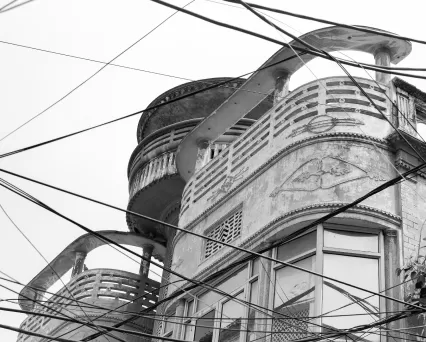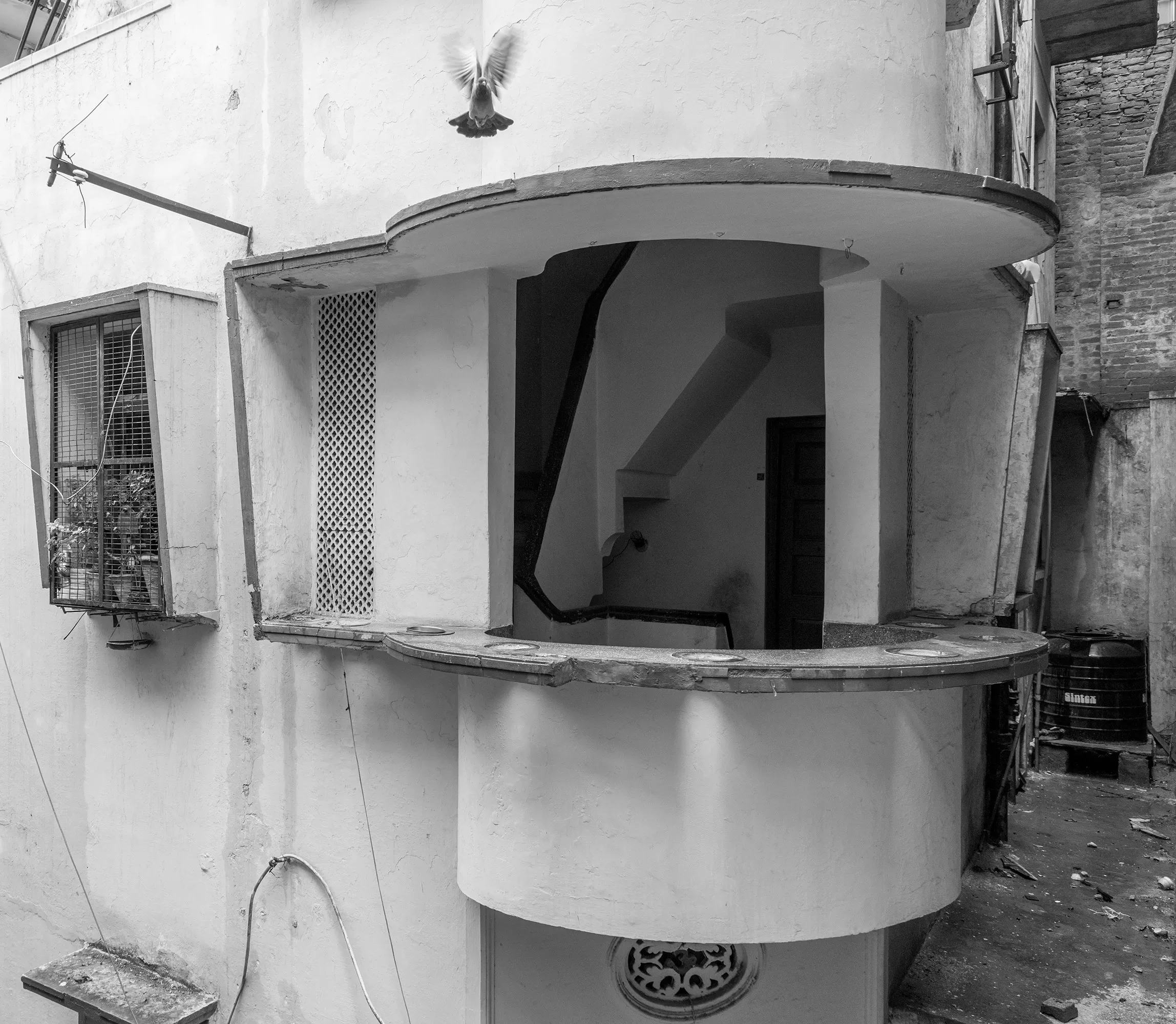S T O R I E S
In Open City, Teju Cole describes cities as ‘palimpsest’, the accretion of both writing and over-writing on a manuscript. Just as layers of soil form in gradation, so do the built forms of our cities, where buildings crafted in pure features stand adjacent to expressionistic melange.
Research projects towards Art Deco in cities of India have focused on both its formal features and monumental embodiment. Yet, Deco seeped beyond the fences of palatial buildings and offices, to be ‘domesticated’ in the residences, professional and community structures, and functional buildings produced by colonial subjects and ordinary citizens, and the emerging turn in print and visual culture with cinema halls, magazines, typefaces, interiors and objects. The advance of Deco beyond imperial projects and public buildings into the imaginary of urban elites symbolised both an impulse towards the throb of modernity and Deco’s pliability to vernacular idioms—characterised by Swati Chattopadhyay as a mode, which exceeds the conventions of style to introduce particularities. Deco in Delhi is a lived register of the arc of modern time, and the temperaments it fostered. As a city is experienced simultaneously through the planned and irregular spaces that compose it, through grids of control and spontaneity, a guide to Deco in Delhi is both a survey of institutional histories and a narration of individual subjectivities, the articulation of both a colony and a nation.
Modern Kitchen Design — Homes in India’ series of the newspaper, 1939, were surely indicative of a steady change. Designs showcasing closed cabinets, shelves and chimneys advertising a refined look and feel to the kitchen space. There is also a pantry next to it and a kitchen garden on the rear. This seemingly fanaticized imagination is what modern homes were getting equipped with, hinting of a progression in society, life and livelihood. No more were kitchens associated with ‘choolah’, a semi open space to cook in the verandah, perhaps the notion of verandah absolutely changed by the mid twentieth century. Desires for a modern living and influences from the west led to numerous changes in patterns of habitation, utility and leisure, transforming the humble house to a modern machine.


